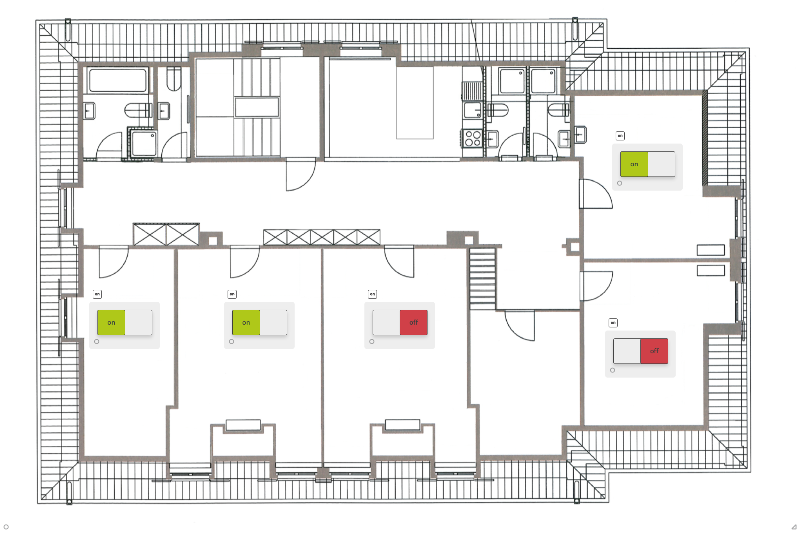How To Collaborate More Efficiently In The Workplace
We all understand that the Internet of Things is likely to change the ways in which we work on a daily basis, but it is collaboration in business that’s becoming more important for driving results and promoting an efficient working environment. The key is understanding the power of mutually beneficial partnerships, and how businesses can learn to leverage their resources more. We’re seeing businesses putting more budget into learning how to collaborate more effectively because of the significant impacts it can have on growth. This is great! Even in our own team at dizmo, we’re always looking at how we can collaborate more efficiently.

One lesson that we’ve learnt is that the best practice to take when looking at improving your workflow within the office, is to study internal or existing data and use it to influence your approach when implementing IoT. Connected devices can be incredibly useful, but connecting devices for the sake of it won’t necessarily help you improve collaboration, so look for problems within your current work strategies that can be addressed first.
For example, at the dizmo office, we decided to look at the usage of our meeting rooms; studying when the peak time of usage was and which rooms were always empty. At first, this information was like a dripping tap, we were aware that certain meeting rooms were in demand more than others, because we could see it, but we simply had no idea how often teams were getting in each other’s way by overbooking the room. Once we were able to see the data and visualise the room usage, it became a lot easier to act upon. In the end, we were able to improve efficiency and make sure that teams were better coordinating their meetings around each other so they weren’t interrupting each other – very efficient!
Yet, the process in which we collected all this data is quickly becoming outdated in the modern workplace. In the world of big data and IoT, the way we collect data is changing. Before IoT, companies would only start to collect data once it was defined what it was they wanted to look for. With increased connectivity in machines, the data is already there, ready to analyse and act upon. Now, we can even look at different data points and trends that might not have been apparent to us before, such as how room temperature might affect the timings of room bookings, or how it affects staff’s mood and efficiency – because the data is now available to us is more transparent, and expansive.
Using dizmo, you not only can visualize and analyze data in a simple and intuitive way, but you can also trigger actions based on the findings of this data. This is where the digital world merges with the physical world and where you also enter the world of connected devices.
Even companies like Google are now interested methods of improving collaboration, through solutions such as their new Jamboard. Yet whilst we at dizmo value a hardware agnostic approach, it’s interesting to see Google create proprietary hardware to try and tackle the problem!
Have you introduced new methods to collaborate more efficiently in your workplace? Get in touch and let us know using #dizmonks on Twitter!

